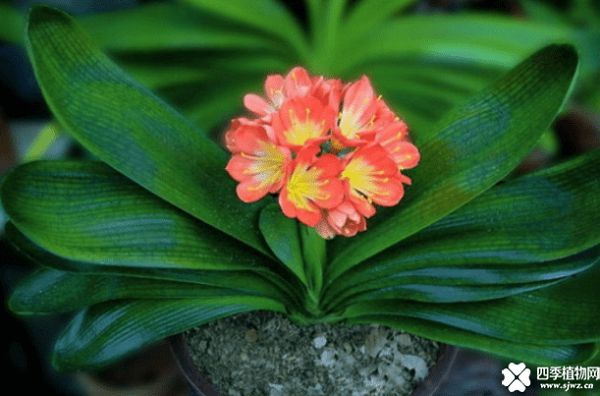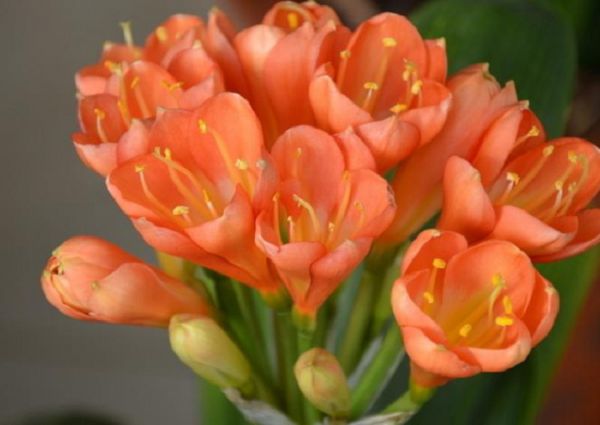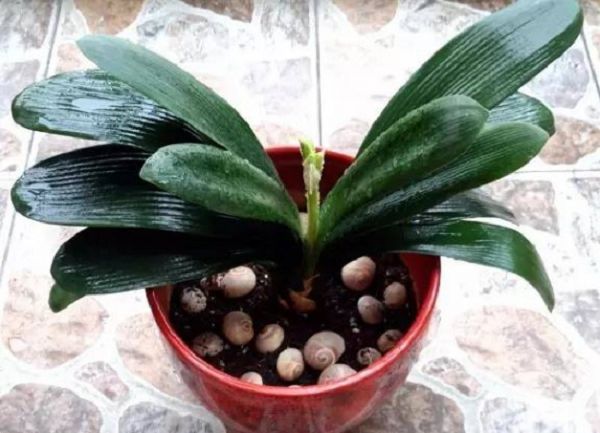How to cultivate the orchid? Introduction to the cultivation techniques of Magnolia grandiflora

The plant type of Magnolia is graceful and dignified, the leaves are dark green, tall and straight, and the fruit is bright red. It is an evergreen herb with ornamental flowers, fruits and leaves. Magnolia is more shady, is very suitable for indoor ornamental potted plant flowers, not only can beautify the indoor environment, but also has a strong purification effect on the indoor air, but also can absorb dust, dust and toxic gases in the air. It is an excellent plant and flower worth breeding. Do you know how to cultivate it? Let's learn about it today.
How to cultivate the orchid?
Cultivation techniques of Magnolia grandiflora
In the process of cultivation, in addition to strictly controlling moisture, light and temperature, nitrogen fertilizer was applied every 20 days. When topdressing, you should be careful not to touch the leaves so as not to suffer damage. When the orchid blossoms, add a bone powder or calcium superphosphate, can make the flower color bright, flowers increase. Proper cultivation and management, the magnolia blossoms once a year, or even twice a year, after the flowers withered from April to May, need to change pots, gently remove the stale leaf soil, pay attention not to break the fleshy roots, choose the right pot, plant it in time, and put more broken tiles at the bottom of the pot to facilitate drainage.
Cultivation and Management of Magnolia grandiflora
The mixed soil of broadleaf rotten leaf soil, needle leaf rotten leaf soil, culture soil and fine sand is the best, which is loose and fertile, which is beneficial to the development of fleshy root. The optimum temperature for growth is 15 ℃ 25 ℃. When the temperature is lower than 10 ℃, the plant grows slowly and the temperature exceeds 30 ℃. The leaves and flowers will grow excessively, and the temperature difference of 10 ℃ is the most beneficial to the growth and development of Cymbidium.
In the process of growth, scattered light is the best, which is beneficial to blossom and fruiting. On the contrary, too strong light is not conducive to plant growth and development, flowering and fruiting. The soil is not required to be dry or wet, and the air humidity is 70% 80%. If the soil is too wet or the relative humidity is too large, the orchid is prone to diseases.
Fertilization should be scientific. Magnolia is a fertilizer-loving plant. It should be fully fertilized when changing pots and fertilized once a month during the growing period. However, be careful not to stain the leaves when fertilizing, and apply phosphorus and potassium fertilizer once before flowering stems.
In winter, Cymbidium often appears the phenomenon of "entrapment" of florets before the false bulb grows. The main reason is that when the scape appears, it is affected by low temperature and low soil water content. As long as in the scape extraction period, properly heating and increasing the amount of water can prevent the occurrence of "clip arrow" phenomenon.
Related
- Is the orchid suitable for indoor use? Is it good for the body?
- How to prevent the empty root of orchids?
- What to do after the crab claw orchid is withered?
- Why are the leaves of orchids always yellow? Fertilizing and watering.
- Can the root of the gentleman orchid be saved if it is rotten?
- Diagnosis and treatment of cotton-blowing beetle insects in Cymbidium
- There is a way for a gentleman's orchid to rot.
- What is the most suitable temperature and humidity for the orchid?
- How to raise a gentleman's orchid? Cultivation techniques of Cymbidium
- How to prepare the nutritive soil for the cultivation of Cymbidium



